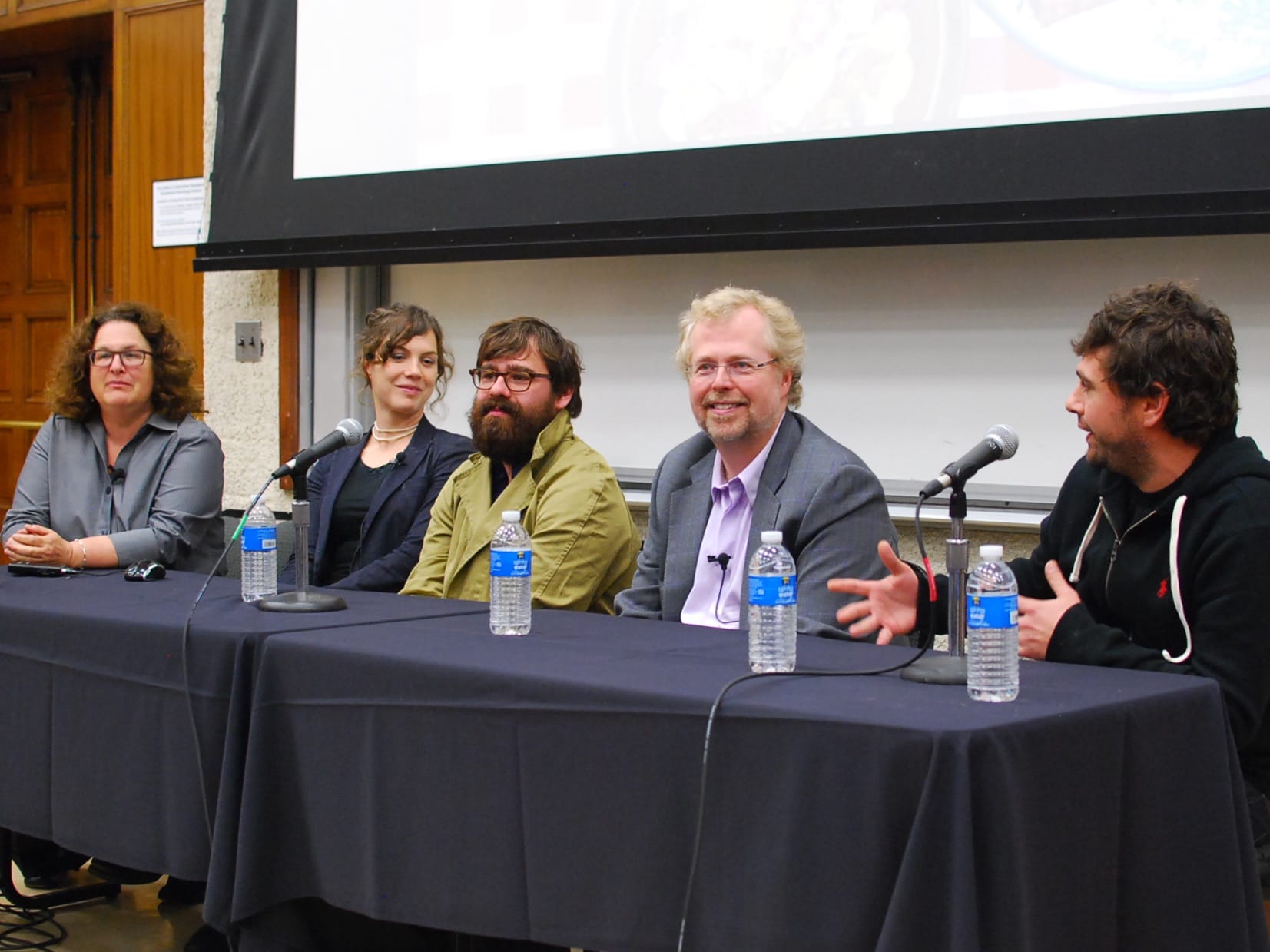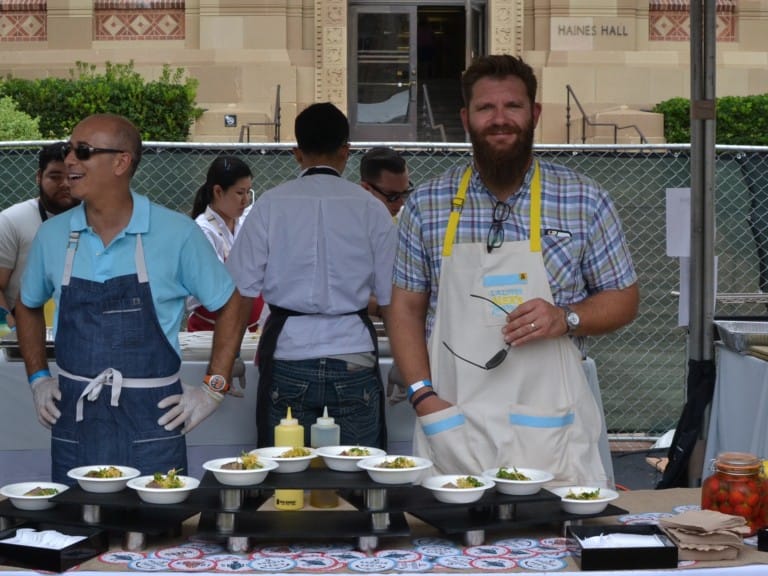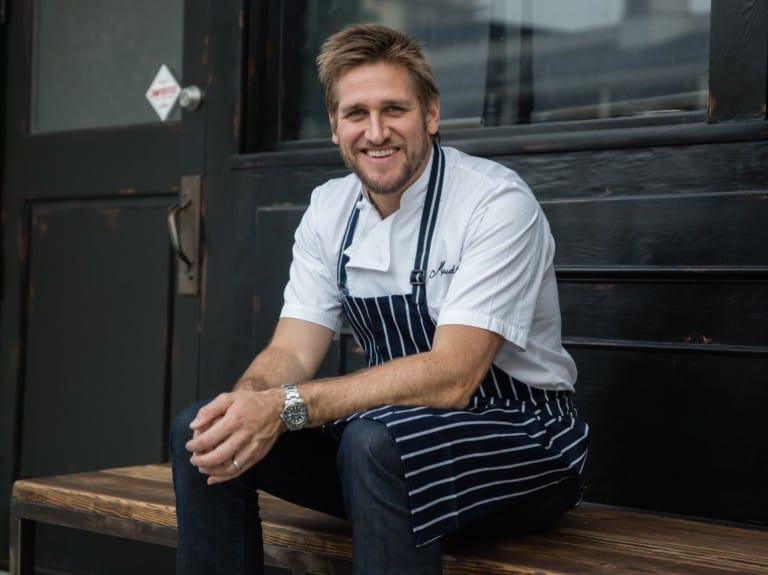The UCLA Science and Food lecture series featured Nathan Myhrvold, who worked as Microsoft’s Chief Technology Officer and competed on a team that helped win the World Barbecue Championship at Memphis in May. He now has his own company, Intellectual Ventures, and produced the landmark, multi-volume “Modernist Cuisine” book, which features 3216 photographs, 1522 recipes by 72 chefs, and delves deep into cooking science. On April 25, he shared interesting facts about meat, grilling and BBQ as part of his presentation, titled “The Science of Barbecue.” Here are 16 of the most interesting facts he shared.
1. What is barbeque? In the Southeast of the United States, it’s hot smoking over hard wood. It’s got to be a hardwood, not a soft wood, not pine, for example. It’s always tough cuts of meat, brisket, ribs, shoulder, and you cook it for low temperature for a long period of time.
2. Grilling is a very different beast. That’s about fast, high heat, using tender cuts of meat. Heat transfer is almost entirely by radiation, infrared light you’re basically using to heat…and the flavor mostly comes from grease fires, where the flavor of the barbecue is mostly coming from un-burned vaporized wood.
3. Meat is a set of cables, and that’s true at almost every level. At the smallest level, there are long chain molecules, polymer molecules, proteins, the most important of which is collagen. Those form fibers, and those fibers are almost always twisted and effectively woven into networks, which are then woven into larger networks and larger networks and larger networks, all the way up. That’s because meat has to be strong. Meat is a muscle.
4. The toughest ordinary muscle on a cow is generally the cheek, and that’s because they chew their cud. Those cheeks are chewing all the damn time…tenderloins are tender because they don’t actually do very much.
5. If you age meat, this is why you age it. You’re allowing a bunch of enzymes that are already in the meat to start breaking those proteins down. If you hold it at a higher temperature, it goes faster. Almost all chemical reactions increase much faster as you increase the temperature. Exponentially faster, until you reach a certain amount where you break it.
6. To convert collagen to barbecue is a long, slow cooking process that requires some water, and that causes the collagen molecules to unfold and unravel, and to do so in a way that’s permanent. They won’t ravel back up into collagen, and simply form gelatin. That is the basis for most tenderization in cooking. The trick there is avoiding juice loss.
7. This old myth that you should sear meat to seal in the juices, it’s completely false. You actually do the opposite. If you want to have juicy meat, you shouldn’t cook it above about 140 degrees.
8. Almost all mammals have roughly the same body temperature, within a couple degrees. Birds run hotter. They have a higher metabolism that’s thought to be for flying. Chickens have at least a 10-degree hotter resting body temperature than mammals. The reason you have to cook chicken at a higher temperature, in general, is they were built to be at a higher temperature. It’s only when you get above that that you’re going to start to cook.









Leave a Comment